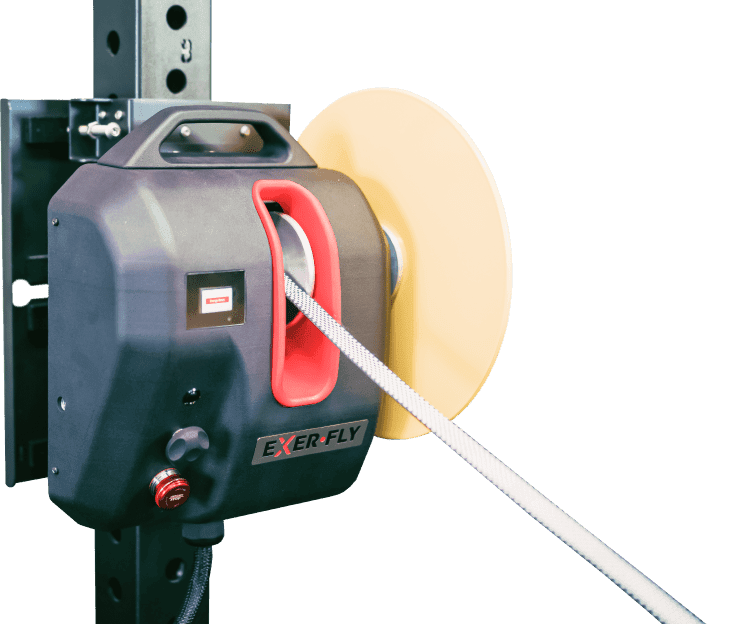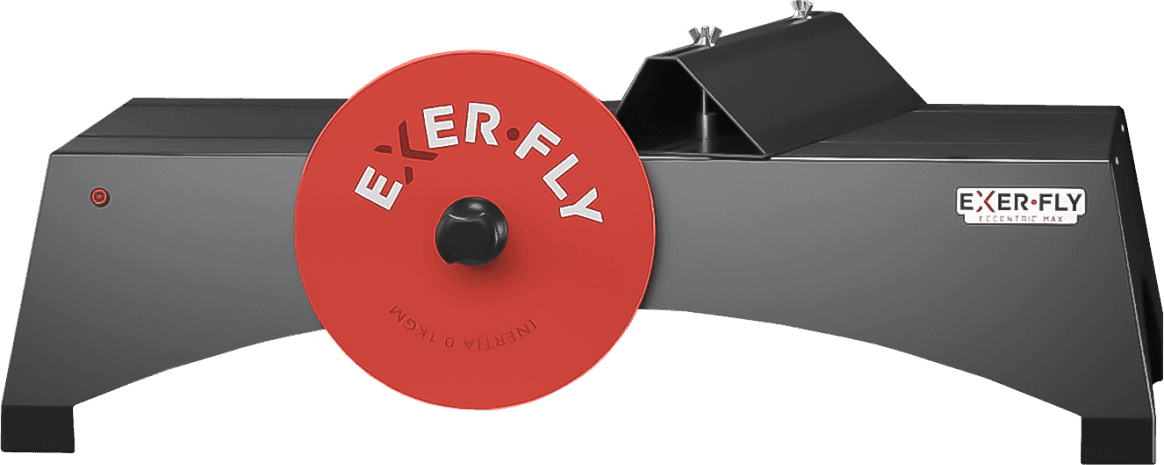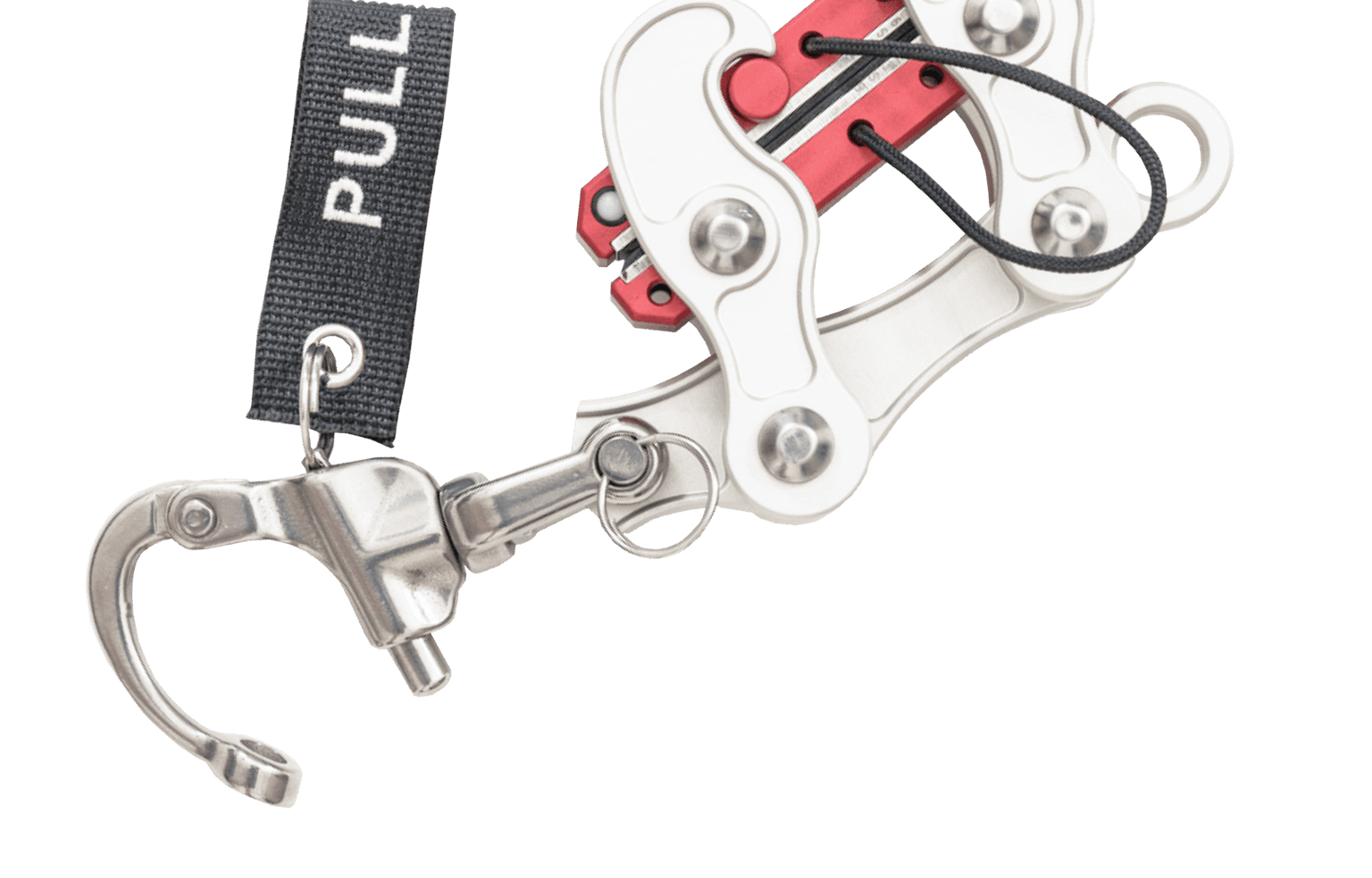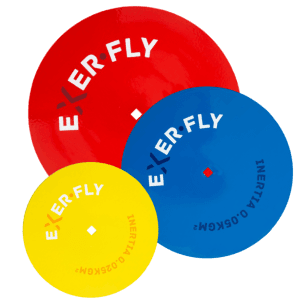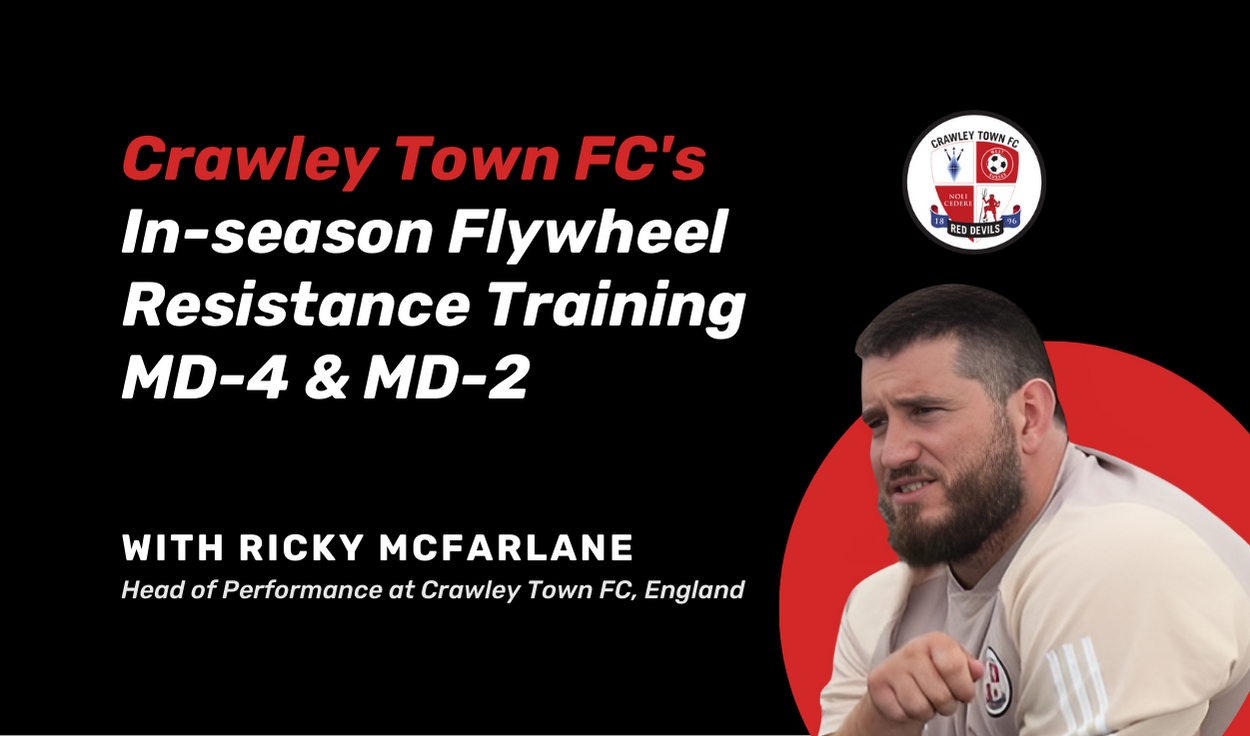
Crawley Town FC's In-season Flywheel Resistance Training MD-4 & MD-2
In preparation for competition, an athlete or coach, a team must consider many factors such as physical demands of the sport, specificity, technical and tactical skills. Plus, individual and team needs all play a role in a sports periodization model (Gable 2006; Afonso et.al. 2017). Periodization begins with nonspecific activities of high volume and low intensity in the preparation phase to lower volume, higher intensity during the preseason into competitive period. These cycles of training variabilities are manipulated with the goal of attaining the optimal training stresses and adaptations to improve performance, minimize fatigue and injury (Fry & Kraemer 1997; Martinez-Aranda & Fernandez-Gonzalo 2017). For example, according to Beato et.al. (2021) in preseason and during phases with minimal games, they suggested two weekly sessions of flywheel resistance training (FRT), this they thought would enable long-lasting training adaptation i.e., maintaining rather than detraining. They further advised that the first weekly flywheel training sessions should focus on strength development and injury prevention involving multiple sets 3 – 6 with high inertial loads >0.050 kg.m² while subsequent flywheel sessions focus on power development with lower inertial loads 0.025 – 0.050 kg.m².
Ricky McFarlane Head of Performance @ Crawley Town FC explains further, when I look at a team environment, I tend to daily microdose basic flywheel movements, squat, hip hinge, calf raise, soleus raise, lateral lunge that will have a constant volume of 120 to 150 repetitions total. For example, on a Tuesday (match day [MD] -4), the group should have recovered from the previous game efforts, and this gives the best opportunity to train at greater levels of intensity. On this day we are looking at strength, we will use heavier loads for less volume and coach more global movements. This is the first day of the week where we are looking to ‘load’ the players again on moderate to high intensity levels and then on the field in small spaces with the technical focus on change of direction via small group games.
Ricky continues, when we look at our top end speed run drills on a Thursday (match day [MD] -2), we will ask the players to perform light isolated joint movements under inertia. So hip flexed knee flexion, hip extended knee flexion, ankle plantarflexion, knee, and hip extension to help replicate what the body will go through stress wise during high load top end speed movements. Several studies have shown the usefulness of FRT for improving change of direction performances. Raya-Gonzalez et.al. 2021 suggested that this could be because FRT allows an athlete to perform closer to sport specificity than traditional resistance training (Gonzalo-Skok et.al. 2017). Once the flywheel work is done, the players will transition to the training field and practice various top end speed runs.
In summary, depending on the competitive phase within the sports calendar, Ricky suggests two weekly flywheel training sessions. The early training week session focuses on strength, injury prevention development and later in the week the focus shifts to power and speed adaptations.
References
- Gable, P. (2006) Periodization of training for team sports athletes. Strength Con Jnl 28: 56-66.
- Afonso, J., Nikolaidis, P. T., Sousa, P., and Mesquita, I. (2017). Is empirical research on periodization trustworthy? A comprehensive review of conceptual and methodological issues. J. Sports Sci. Med. 16, 27–34.
- Fry, A.C. & Kraemer, W.J. (1997) Resistance Exercise Overtraining and Overreaching. Sports Med. (2): 106-129.
- Martinez-Aranda, I.M. & Fernandez-Gonzalo, R. (2017) Effects of Inertial Setting on Power, Force, Work & Eccentric Overload during Flywheel Resistance Exercise in Women and Men. J Strength Cond Res 31: 1653-1661.
- Beato, M., Maroto-Izquierdo, S., Hernandez-Davo, J.L., & Raya-Gonzalez, J. (2021) Flywheel Training Periodization in Team Sports. 12: 1-6.
- Raya-González J, Prat-Luri A, López-Valenciano A, Sabido R, and Hernández-Davó JL. (2021) Effects of flywheel resistance training on sport actions. A systematic review and meta-analysis. Journal of Human Kinetics 77: 191-204.
- Gonzalo-Skok O, Tous-Fajardo J, Valero-Campo C, Berzosa C, Bataller AV, Arjol-Serrano JL, Moras G, Mendez-Villanueva A. (2017) Eccentric-overload training in team-sport functional performance: constant bilateral vertical versus variable unilateral multidirectional movements. Int J Sports Physio. Perform. 12(7): 951-958.


